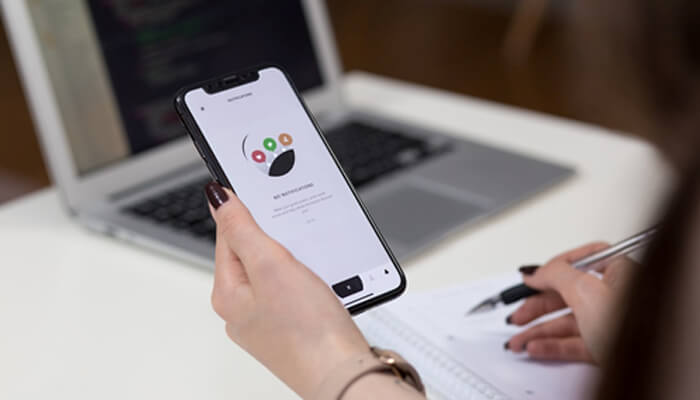User experience (UX) is a critical aspect of product development. The success of any product depends on how well it has been conceived, developed, and tested as a prototype before being launched. Usability Testing is a scientific approach that studies and documents UX features and their effect on real users. Real-time studies during the usability testing process help product managers develop functionalities for users. However, there is more to usability testing in today’s era of machine intelligence and automation that shifts focus to real-time UX tests.
In this article, we will shed some light on usability testing, its role in product development, and the various methods of usability testing.
What is Usability Testing?
When discussing product management life cycle, UX Usability testing is used interchangeably. These refer to a set of activities performed on a product to enhance and align its features based on insights from real or representative users. The testing is conducted in a simulated environment to match a real-world use case scenario.
Key Components of UX Testing
There are three core components of a UX testing lifecycle. These are:
- The facilitator or the tester
- The participant or the end-user
- Tasks
In UX testing, information flows to and from the facilitator and participant via feedback, inquiries, surveys, and interviews.
Types of Usability Testing
Usability testing is one of the most crucial steps before launching a new platform or introducing an updated feature. It can act as a North Star for product and UX design teams to create successful products. UX testing can be categorized as:
- Qualitative or Quantitative
- Remote or On-site Testing
- Unmoderated Usability Testing
- Lab or Real-world Testing
During the preliminary stages of testing, testers might carry out a mix of UX testing, which involves more than one type of usability testing. For example, software UX testing could initially be based on quantitative remote unmoderated lab testing and transition into qualitative moderated real-world testing being launched in the market for practical applications.
Goals Of Usability Testing
The end goal of usability testing is to keep iterating the design to attain the best version so that it meets the users’ needs and they can engage and interact with the platform easily.
Usually, UX researchers do usability testing with the following objectives in mind:
- Identifying the main pain points of the design.
- Testing if users can easily navigate the UI.
- Observing if users can accomplish tasks easily and quickly.
- Testing the platform with the competitors’ solutions and comparing the performances.
How to Run a Successful UX Testing?
Usability testing provides crucial insights based on user data, helps improve product functionalities, and acquires information about how users will engage with the final product.
Here are the three steps of running a successful UX test.
1. Determine your test components
You can improve testing outcomes by clearly identifying the various components of the UX test and the type of testing methods you will use. This step lets you figure out the impact of UX testing on your product development life cycle, significantly optimizing the cost of operations.
2. Choose a Framework or Digital Prototype
Ideally, you would need at least five participants to validate your UX tests. The test results would throw up 85 percent of the usability issues in the first iteration itself. You could also leverage an interactive digital wireframe model or prototype to accelerate UX tests and advance to the final stages of product development.
3. Use Data Analytics and Reporting Tools
The use of data and analytics could empower testers with new actionable insights. You can deploy an AI tool like Entropik to ascertain how testers and participants are faring during the various sessions of UX testing. AI-based analytical tools study eye movements, voice and face gestures to understand the emotions and sentiments of participants during video testing or audio interviews.
Conclusion
Using AI tools, you can come up with a definitive UX testing framework for your product development team. Invest your time and resource in a user-friendly platform to build an indispensable Usability Testing model.




